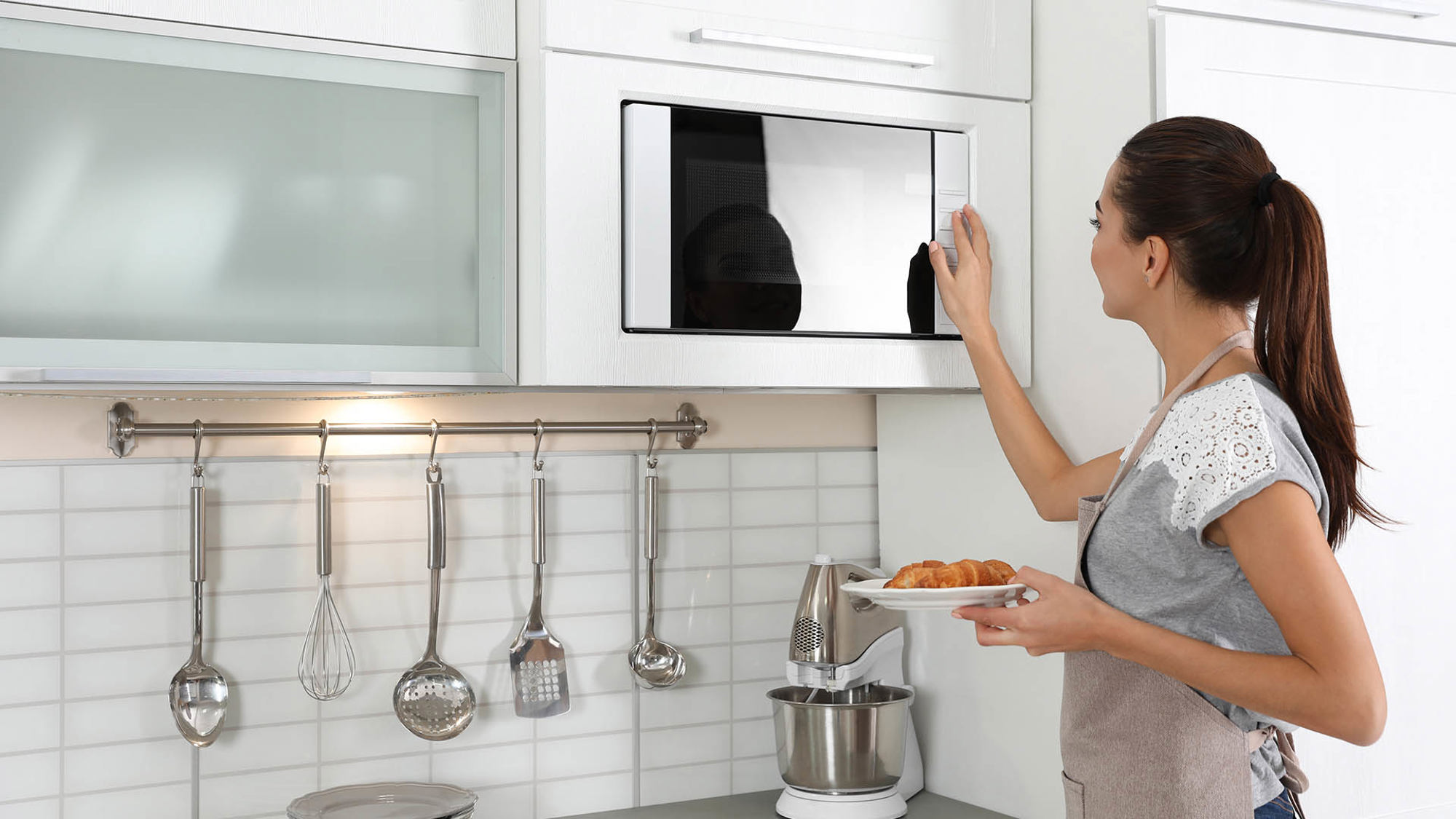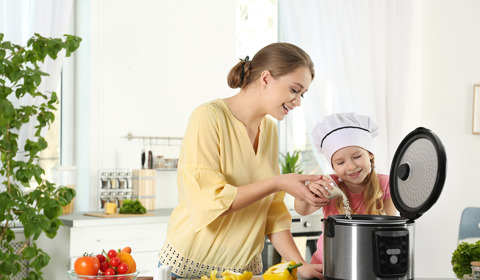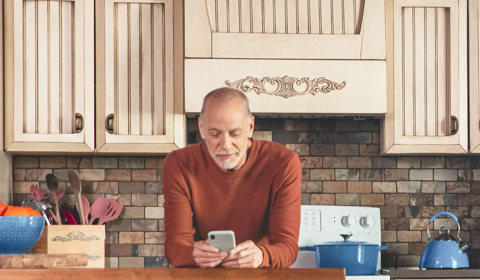Saving energy in the kitchen: Get the most out of challenges!
December 6, 2022 3 minutes readingThe goal of Hilo challenges is to reduce the load on the electrical grid during peak demand periods in winter. To succeed at a challenge, you must limit your use of energy throughout your entire household. Kitchen appliances, specifically, can cause a sharp increase in your consumption. Keep reading for a few simple ways to save energy and be environmentally friendly in the kitchen!

Choose the right appliance
Just remember this one key concept: Small devices (like pressure cookers, toasters, etc.) are more energy efficient than big appliances, like conventional ovens.
For example, did you know that a microwave requires only one-third of the power of a traditional stove? It’s also the ideal choice for cooking foods that contain a lot of water, such as fruit, vegetables and fish. It’s fast, economical and energy-efficient.
What’s more, using these small devices regularly will help your larger appliances last longer.
Opt for no-cook meals
Choose foods that can be eaten cold or raw. But you shouldn’t think this means limiting yourself to ham sandwiches for dinner! Test your creativity with a variety of cold soups, tapenades, tartares or carpaccios. How about a plate filled with an array of cheese and cold cuts? Choosing local products is even better, since this lets you reduce your environmental footprint. To make it fun for the whole family, get your kids involved!
Optimize your energy use outside of challenges
Here are a few tips that will help you make wise choices when it comes to saving energy in the kitchen all year long. Every act counts, plus it might have an effect on your energy bill!
Stovetop and oven
Who doesn’t love cooking up a batch of lasagne or shepherd’s pie on Sunday for the whole family? For slow-cooking, the convection oven is a good option since its internal air circulation cooks foods faster at a lower temperature. That means you save energy and money.
When it comes to rangetops, gas models heat up faster, although they burn fossil fuel that releases GHG, as opposed to models that use electricity, a renewable resource in Quebec. For heating up small quantities of foods, swap the cooktop for an electric skillet, a handy alternative!
A few more tips: Turn off your stovetop’s burner a little before a dish has finished cooking to allow the residual heat to finish the job! You’ll also save time and money by covering your pots when boiling water. Finally, resist the temptation to open the oven door when baking or broiling, since 20% of the heat escapes every time you do this.
Refrigerator and dishwasher
At the heart of the kitchen, the refrigerator is the source of significant energy losses. Around 30% of the cold air escapes every time you open the door. Also, is the door well sealed? Put it to the test by shutting the door on a piece of paper folded in two. If the paper remains stuck in the door, that means the air is well-sealed inside. To optimize your fridge’s energy efficiency while ensuring your food doesn’t spoil, set the temperature of the fridge between 35 and 38°F (1.7 and 3.3°C) and of the freezer at 0°F (-18°C). Setting the temperature just 10 to 12°F lower than this could lead to 25% higher energy consumption.
When it comes to the dishwasher, don’t forget to make sure it’s completely full before turning it on, and choose the shortest wash cycle possible. Also, if you choose “air dry” instead of “heat dry,” the appliance will consume anywhere from 15% to 50% less energy.
Guaranteed savings!



